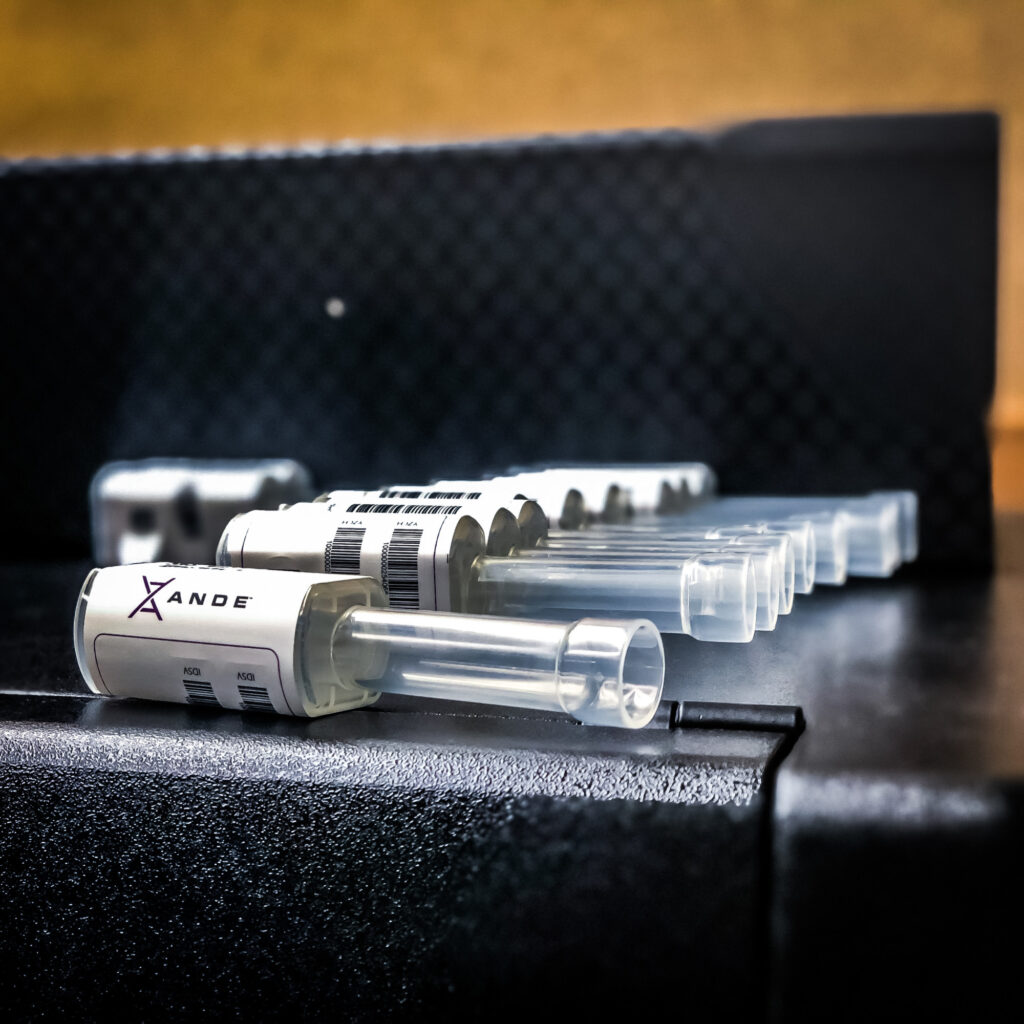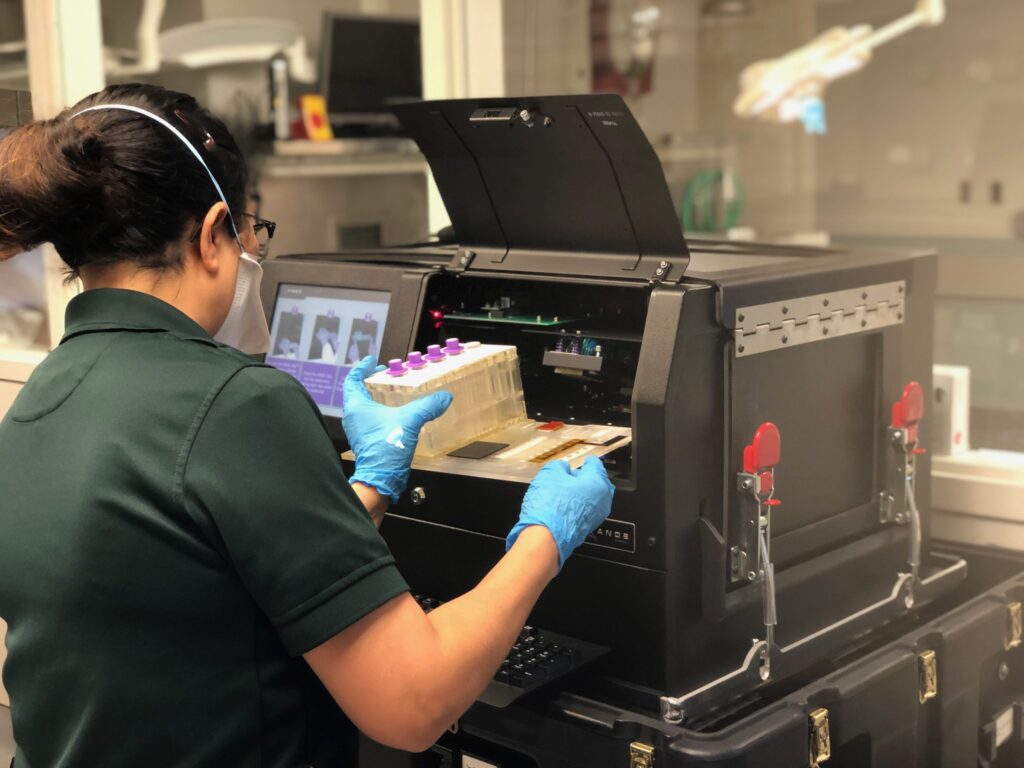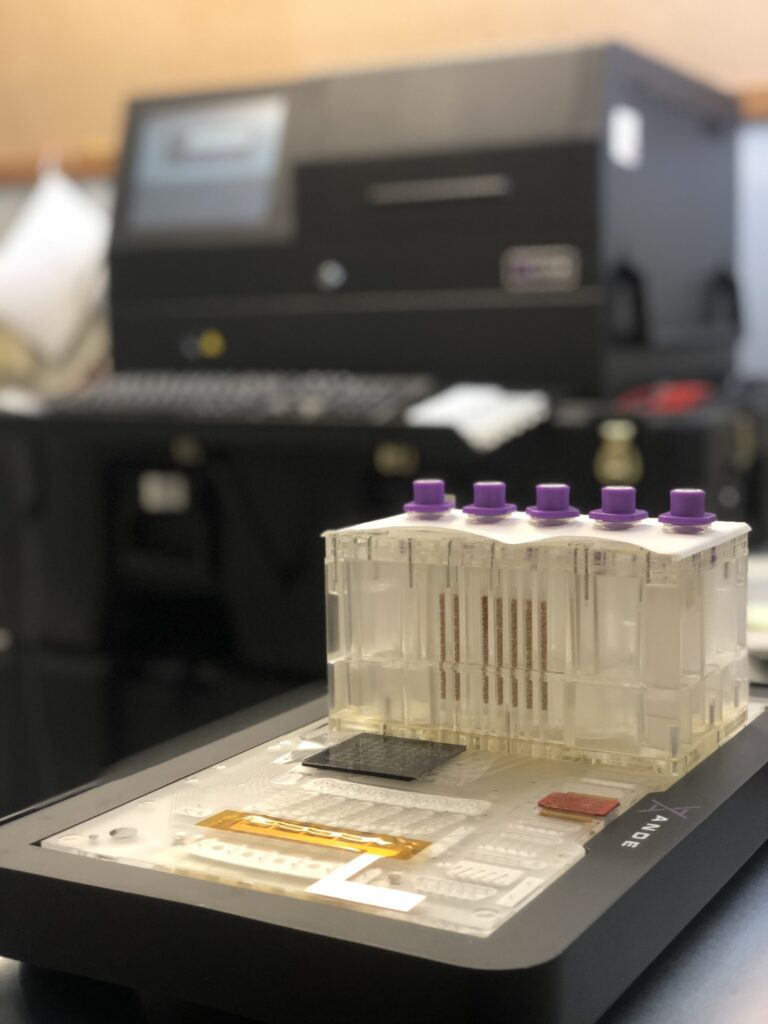Today’s blog is written by Sergeant Jarrett Morris and Detective Brice Bruening of the Santa Barbara Sheriff’s Office. Read the full version in the November 2020 issue of The ISHI Report.
Santa Barbara, California, is often described as the “American Riviera”. With 117 miles of beautiful coastlines, the pristine Channel Islands, rugged mountain ranges, award winning vineyards, and micro-breweries. Often sought by the elite as a place to live and play, Santa Barbara is home to Hollywood celebrities such as Oprah Winfrey, Ellen DeGeneres, Kevin Costner and Ashton Kutcher. Its newest celebrities, The Duke and Duchess of Sussex Harry and Meghan now call Santa Barbara home.
Despite its lavish reputation, mild climate and desirable destinations, Santa Barbara is not immune from the ills of mother nature or mankind. Santa Barbara is the location of the worst mass murder ever committed by a female, a deadly shooting rampage on a college campus, devastating wildfires and deadly mudslides. Santa Barbara also has the distinction of having the deadliest maritime disaster on the west coast of the United States in modern times.
The Santa Barbara County Sheriff’s Office is the largest law enforcement agency in Santa Barbara County. The Sheriff’s Office is responsible for providing front line law enforcement services for all of the unincorporated areas in the county and four of the seven cities within the county. The Santa Barbara County Sheriff is also the County Coroner. The Coroner’s Office is responsible for determining the cause and manner of death for any unattended or unnatural death occurring in the county. These include all homicides, accidents and suicides occurring in the county. In addition to determining the cause and manner of death, the Coroner’s Office must also positively identify all persons falling within the Coroner’s jurisdiction.
Santa Barbara County was introduced to Rapid DNA technology only recently, due to an incident that no one could have anticipated. On September 2, 2019, the 75-foot dive boat, Conception, was anchored off the coast of Santa Cruz Island within Santa Barbara Channel. An early morning fire in the galley area trapped 34 souls who were sleeping in the bunkroom below deck. The smoke from the fire filled the bunkroom, and tragically all 34 perished. The fire onboard continued to burn despite efforts to extinguish the blaze. The Conception was burned to the waterline and ultimately sank in 60 feet of water. Dive teams and recovery experts spent the next two weeks recovering the victims of the fire and evidence related to the incident.
As victims were recovered from the water, it became apparent that the usual identification techniques of fingerprints and photographs would not be plausible. Nearly all of the victims suffered significant thermal burns. Often, coroner investigations which require additional identification methods beyond fingerprint analysis, would require the use of forensic odontology, forensic anthropology, prosthetic identification, and conventional DNA analysis. Early in the investigation on September 2nd, the Santa Barbara Sheriff Coroner’s Bureau received a phone call that would change the course of the investigation, even before it started. Sacramento County Coroner, Kim Gin, reached out to the Santa Barbara County Coroner’s Office, and offered to assist with a piece of technology that helped her office identify many of the 88 victims in the deadly Camp Fire, which occurred in Butte County in 2018, rapid DNA. Sacramento County Coroner investigator’s traveled to Santa Barbara with the ANDE Corporation, Rapid DNA instrument.
Within the first 24 hours, investigators set up a protocol and system to collect DNA samples from victims, and run comparative analysis with samples collected from family members. Once familial DNA samples were collected and processed, victim DNA could be matched within a matter of hours with the ANDE Rapid DNA technology. Conventional DNA analyses processed by the Department of Justice could take months. Through this tragedy, the Santa Barbara Sheriff Coroner’s Office discovered that Rapid DNA could truly change the way victim identification and death investigation happens. This technology can also have positive impacts on the direction of criminal investigations. The ability to quickly confirm victim identity and confirm or rule out suspect identification, can allow investigative resources to be quickly redirected.
The Santa Barbara Sheriff’s Office made a commitment to bring the ANDE Corporation’s Rapid DNA technology in-house. During a contractual trial period, two trainers from the ANDE Corporation conducted a 3-day training at the Santa Barbara County Sheriff Coroner’s Bureau for key personnel from the Coroner’s Bureau and Forensics Bureau. During the course of the training, staff utilized real samples, learning to process blood, bone and “touch” DNA from items handled by their colleagues in the class. At the conclusion of the training, the staff were feeling confident with their newly learned skill set and they were eager to begin using their new instrument on death investigation identification and criminal casework.
Additionally, the Sheriff’s Office worked to develop and implement comprehensive, legally-sound policies and procedures for effective and efficient operation of the rapid DNA instrument. In collaboration with the local California Department of Justice Crime Laboratory, cases were identified in which the rapid DNA technology would most likely be a benefit. Lastly, the Sheriff’s Office collaborated with the District Attorney’s Office to identify legal ramifications of utilizing rapid DNA in criminal cases.
The newly obtained skill set was soon put to the test. On Sunday, January 26, 2020, just before 10:00 A.M., a private helicopter carrying nine people, including the pilot, crashed near the City of Calabasas, California, killing all that were aboard. As in most aviation deaths, there was severe trauma to the bodies of the decedents, making identification more difficult. At the request of the Los Angeles County Medical Examiner-Coroner’s Office (LAMEC), the Santa Barbara Sheriff Coroner’s Bureau sent a team of three investigators to Los Angeles with the ANDE Rapid DNA instrument. The ANDE Corporation, shipped all the needed supplies and two members of their staff to Los Angeles to assist with the case. Working together with the LAMEC staff and using traditional methods of identification in conjunction with the ANDE Rapid DNA instrument, all nine people were positively identified before 7pm on January 29, 2020.
Over the next several months, the ANDE Rapid DNA Instrument, proved to be invaluable in several more cases. Two additional aviation related accidents required DNA comparison for victim identification, and the identification of a human foot, found on the side of the road in rural San Luis Obispo County to the north. The foot had been exposed to the elements, was partially burned and begun to decay. It was believed to belong to the victim of a vehicle collision that had occurred several days prior and several miles away from where it was found. The victim was inaccessible to law enforcement; however, detectives from the San Luis Obispo Sheriff Coroner’s Office were able to collect reference samples from the victim’s mother. Within 24-hours of receiving the foot and reference samples, the Santa Barbara Sheriff Coroner’s Office was able to generate a kinship DNA match and confirm the foot belonged to the victim of the car accident. The ANDE Rapid DNA technology was able to save San Luis Obispo Coroner investigator’s valuable time and resources.
In just over a year’s time, the ANDE Rapid DNA instrument has been used to positively identify 12 human remains in death investigations. It has also proven useful in several criminal investigations. As investigators and prosecutors become more familiar and comfortable with the technology, its use in criminal investigations is sure to expand. Sound policies and protocols, acknowledged and approved by all stakeholders in criminal investigations, will expand its purpose and use. Access to DNA analysis and the speed in which analysis is performed are the most important benefits of the instrument, allowing investigators to quickly identify decedents, helping to bring closure to the families of the deceased.
WOULD YOU LIKE TO SEE MORE ARTICLES LIKE THIS? SUBSCRIBE TO THE ISHI BLOG BELOW!
SUBSCRIBE NOW!





